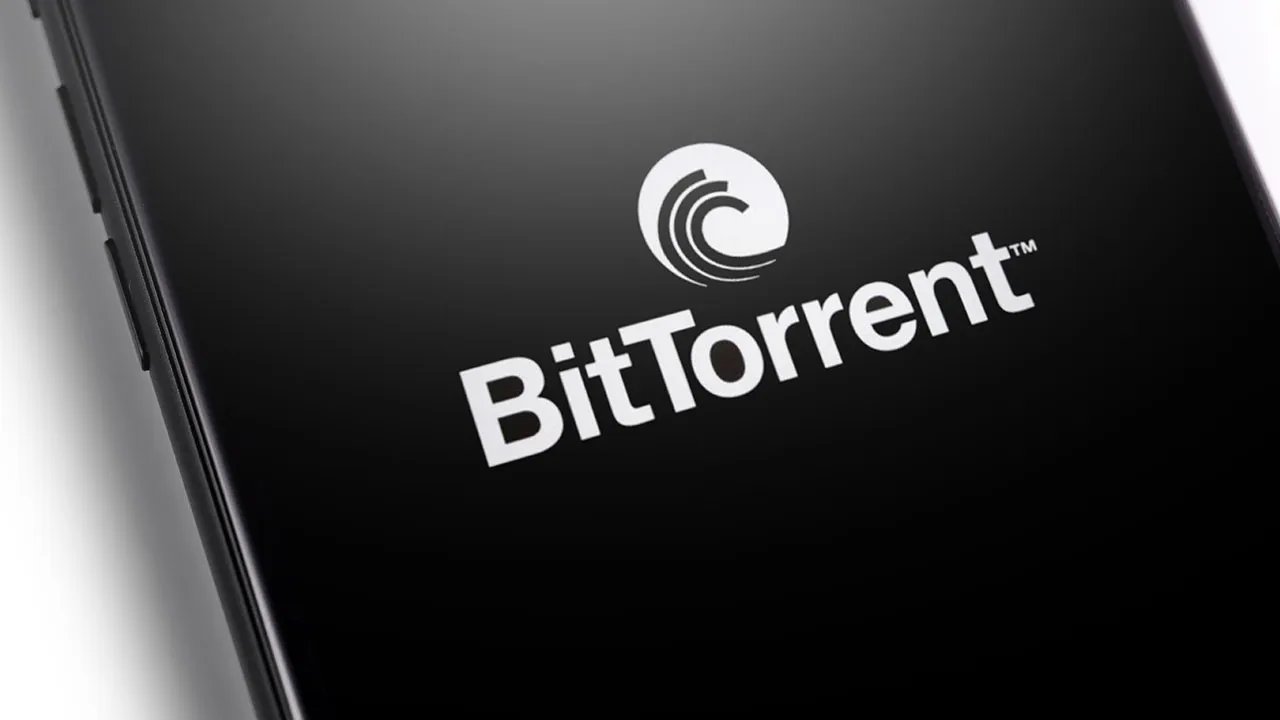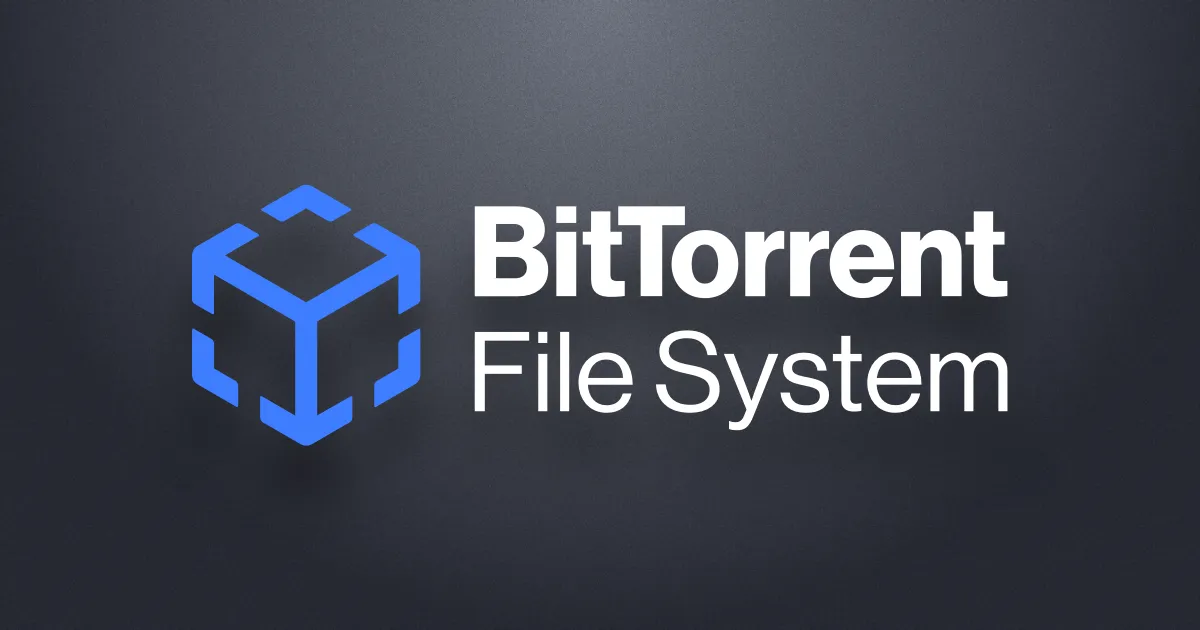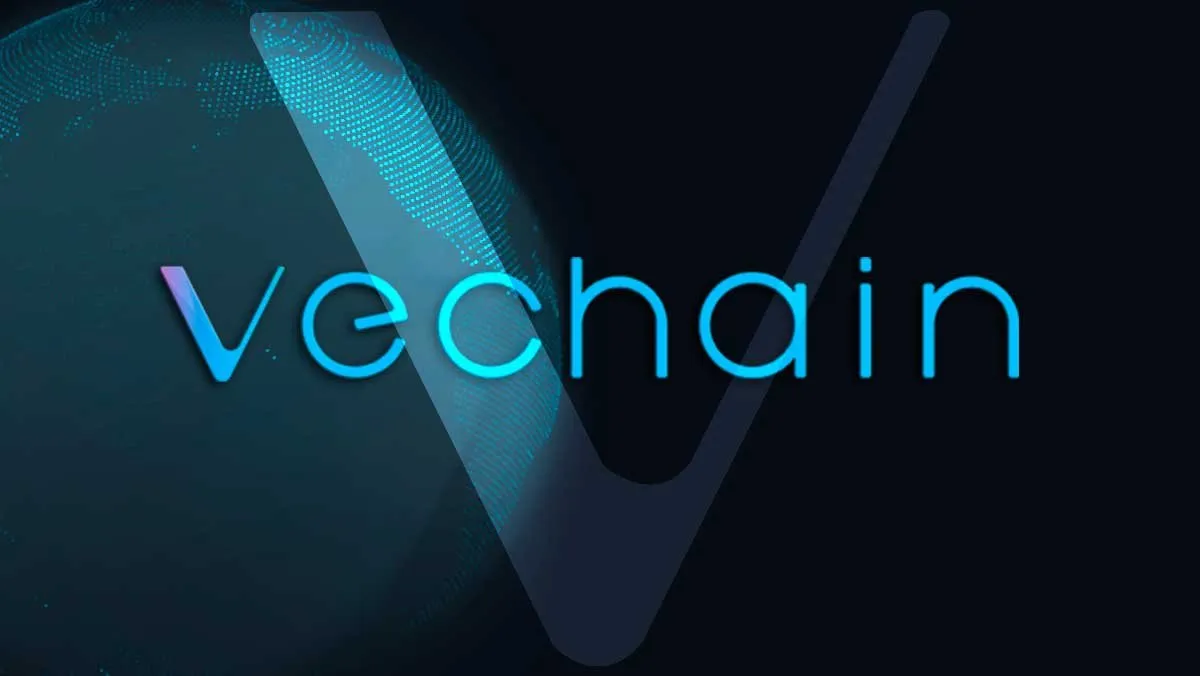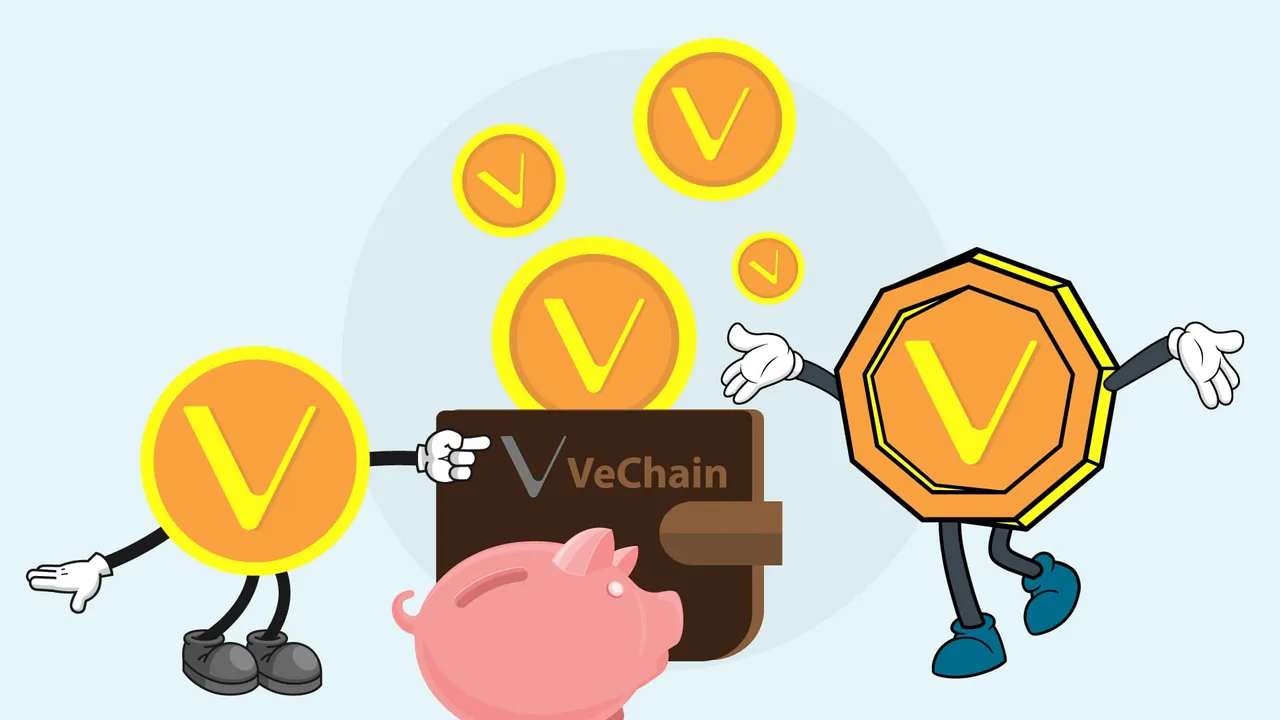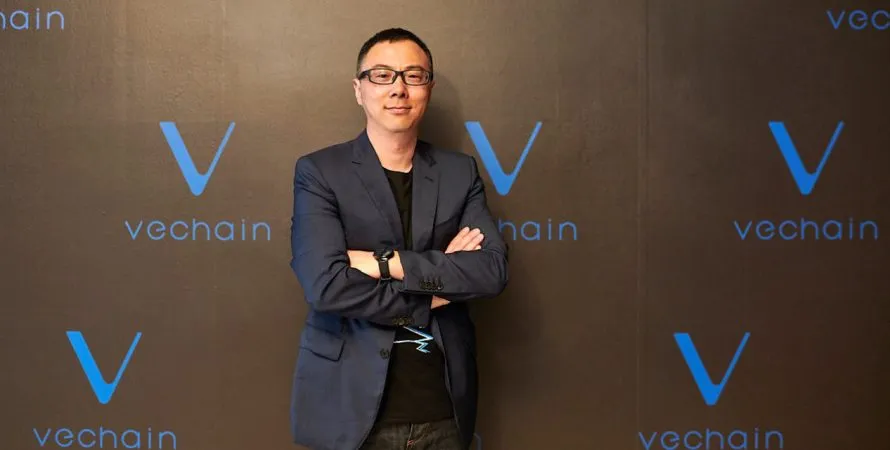Hello community, this is my first post here, I hope you like my content ☺
Before starting I would like to clarify that this is not an investment recommendation, it is simply a personal analysis and is not a buy or sell recommendation. Today we are going to be making a comparison between 2 major cryptocurrencies, Vechain and BitTorrent.
Thousands of cryptocurrencies and new proposals appear every day and this makes it often not so easy to make a decision on which proposal is more convenient to make an investment. Both projects have been showing strong movements in recent months and it can be difficult to choose one of the two for investors with little experience. Next, we will see advantages, disadvantages and a conclusion to define which option may be better when choosing.
♦ Let's talk about BitTorrent first:
It is one of the most common protocols for transferring large files that was created in 2001 by programmer Bram Cohen. One way to describe its operation would be how a decentralized file-sharing system allows content to be downloaded through a “swarm” whereby thousands of users download and upload parts of a file at the same time. It works by downloading a file from multiple computers at the same time, which are owned by other users who own the same file.
But in addition to being a protocol, BitTorrent is also a document exchange platform that uses this form of content transfer between users. In 2018, the program was acquired by the Tron Foundation from Justin Sun for a value of $ 140 million. With the acquisition of Tron, several new functionalities were added: one of the most important is the launch of its own BitTorrent or BTT token, with the aim of generating incentives for users to keep files on the network. The purpose is to allow the average download speed to be increased as more copies are available. The company aims to fully compete in the entertainment industry and generate a revolution in the way content is distributed.
The platform also has other products to offer: among them is BitTorrent File System or BTFS: a network application that offers an addressable, end-to-end content mechanism to store and share digital content in a decentralized way. What is new about BTFS is that it is a base for decentralized applications, also known as DApps, where users can interact and close deals without the need for an entity to manage the service. These are some of the reasons why the project's cryptocurrency, called BTT, is one of the most sought after altcoins so far this year and has been showing big moves. BTT is trading at the time of writing this post at $ 0.004 cents with a trading volume in the last 24 hours of $ 209 million. The current ranking at the top of CoinMarketCap is number # 44 and has a market capitalization of $ 2.674 million. It has a circulating supply of 660 billion out of a programmed quantity equivalent to 990 billion.
If one takes into account that, at the time of its birth in early 2019, the token was trading at $ 0.000482 cents per coin this means that investors who have acquired and kept this crypto active at that time, today would have a profit of more than 600%.
♦ On the other hand, we have the VeChain project:
A project that answers the question about what will be the usability of blockchain technology in the production process.
VeChain is a platform that aims to implement blockchain technology in the production process of companies to improve the supply chain, logistics and authenticity of products. In this sense, one of its most important goals is to promote a transparent flow of information and the transfer of values at high speed.
Designed so that consumers and sellers can obtain all the necessary information about the products they buy, the VeChain platform provides an environment to securely validate and store all product data, from production to sale. In addition, it provides a tracking system that allows goods to be located anywhere in the world, which also improves their storage and administration. The VeChain proposal features two cryptocurrencies called VET and VeThor. The function of VeThor is to make payments and make transactions on the network and it was also designed to prevent the issuance of tokens to cover the cost of transactions from ending up generating inflation in the main currency of the project.
For its part, VET is the core token of the system: it is the utility currency that users must acquire to use the platform and decentralized applications. This cryptocurrency can also be used as a reward to the nodes or to purchase products available on the platform.
At the time of this writing, VET is trading at $ 0.13 cents with a trade volume in the last 24 hours of $ 939 million. The current ranking at the top of CoinMarketCap is number # 20 and has a market capitalization of $ 8,646 million. This cryptocurrency was launched on the markets in August 2018 at a price of $ 0.013 cents on the dollar. Investors who have bought and held the cryptocurrency at that time, today enjoy a profit equivalent to 700%.
♦ Now both cryptocurrencies have performed well and both also showed similar growth in a similar timeline. In order to define which is the most convenient, we will review some basic aspects of each project.
• On the one hand, the BitTorrent token has great usability: millions of users and applications manage all their services as a content delivery system and customers can use BTT as payment to receive content faster.
• In the case of VeChain, the platform technology is experiencing unprecedented success. In early April, the team announced a collaboration with renowned software company, Salesforce. Additionally, the technology was also implemented in different projects managed by DNV, a company that is a partner of VeChain.
• As for BitTorrent, it is impossible to talk about this platform without mentioning Justin Sun, a very popular character in the crypto world, famous for his aggressive marketing campaigns. While this has served to encourage the project to explode, it should also be noted that Sun has a bad press in this market because he was involved in several proposals related to pyramid scams.
• As for the creators of VeChain they also have a lot of experience in different related projects. Sunny Lu, was CIO of Louis Vuitton China and used his experience in the field to improve it with Blockchain technology and thus create an application that is useful for the supply chain. He does not have the popularity of Justin Sun, but he also does not have to deal with rumors of scams that could undermine the project in the future. Both are well planned projects and are innovative in his proposal.
♦ However, let's see a comparison with its main disadvantages:
• Regarding BitTorrent, its BTT token arouses suspicions in some investors who claim that it is a highly concentrated cryptocurrency in the hands of its own owner and the Tron Foundation, this causes concern about the possibility that they could inflate and control the value of the currency in the market.
• VeChain, for its part, does not face this type of mistrust. However, it has some issues that cannot be overlooked. This project must face very intense competition in the field: the cryptocurrency market is growing at a very fast rate and is challenged to be better than its existing competitors. Waltonchain, is one of these strong competitors that also targets the supply chain sector. In addition, since VeChain has entered the field of smart contracts, it will have to compete intensely with true giants of the crypto scene such as Ethereum, Cardano and NEO. In addition, you also have to take into account the competitors that could arise in the future.
♦ Government regulations are another important aspect that conditions them:
• Although the Chinese authorities have shown support for the platform, the government of that country has a history of having taken many measures to stop the growth of the cryptocurrency market and even warned users of the potential risks of this type of assets digital. The current situation that plagues the planet is another factor that has conditioned the economy on a global scale and of course cryptocurrencies are not left out of this phenomenon. In some cases it may have been beneficial, but in the case of VeChain it is a clear disadvantage: this was confirmed by its founder, Sunny Lu, in an interview in which he stated that companies are choosing more conservative strategies with their business models . An example of this is the case of Walmart that took the option of legacy supply chains like those of IBM.
• In the case of BitTorrent, it does not appear that the current situation does not seem to be affecting your proposal. In fact, it could be an advantage since all the projects that promote access to content remotely have been enhanced by the forced virtuality that it has generated. In any case, the moment the world is currently experiencing is a disruptive event, so we must take into account what can happen once we return to normality. There are several studies that claim that many users who were forced to virtuality are returning to the old way of doing things. This could generate that projects that were boosted at a time, may suffer certain losses in case users do not maintain the habit.
• The reverse process can also occur in the case of VeChain, it is likely to think that once the current world situation has been overcome, companies could be interested again in the opportunity provided by this technology. By way of conclusion, it can be said that both projects are solid. They both have an interesting project, with an innovative proposal and a carefully executed action plan. On the other hand, both BitTorrent and VeChain have their own characteristics that may or may not be beneficial depending on the world context and it is very difficult to know what may happen in the future, so the investment decision must be based on a rigorous analysis evaluating personal goals and probabilities of different scenarios.
In my personal opinion, looking at each of these projects, I believe that Vechain continues to be the winner for its impressive innovations and vision as a company, as well as solving very important problems in the real world.
